
 Christ on the Mount of Olives
Christ on the Mount of Olives Venus Pompeiana
Venus Pompeiana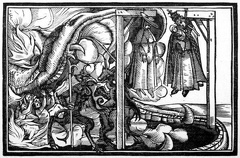 Pope Joan
Pope Joan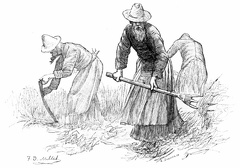 The Monks of Beuron
The Monks of Beuron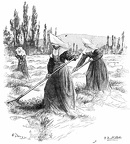 Nuns at Riedlingen
Nuns at Riedlingen Mosque in Silistria
Mosque in Silistria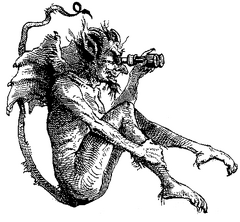 Devil
Devil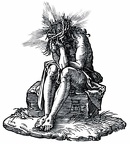 Jesus Christ
Jesus Christ XP
XP Eating Stand for the Children
Eating Stand for the Children Dagon, the fish God
Dagon, the fish God Ancient Serpent Idol
Ancient Serpent Idol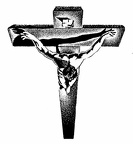 Jesus on Cross
Jesus on Cross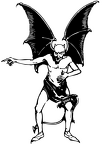 Devil
Devil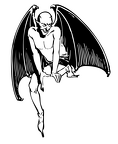 Devil
Devil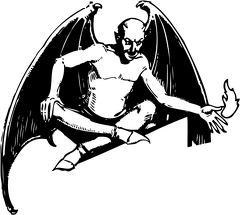 Devil
Devil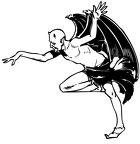 Devil
Devil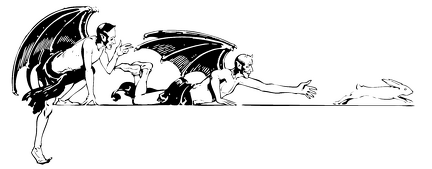 Devils chasing a rabbit
Devils chasing a rabbit Devil
Devil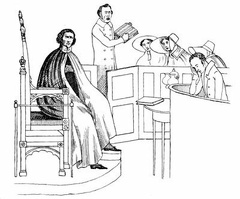 The Unknown Tongues—Daybreak at the National Scotch Church
The Unknown Tongues—Daybreak at the National Scotch Church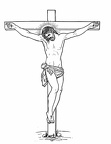 Crucifixion
Crucifixion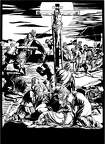 Crucifixion of Christ
Crucifixion of Christ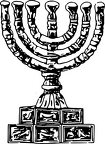 Menorah
Menorah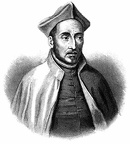 Ignatius de Loyola
Ignatius de Loyola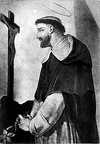 Saint Dominic
Saint Dominic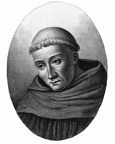 Saint Bernard
Saint Bernard Seva
Seva Vishnu
Vishnu Brahma
Brahma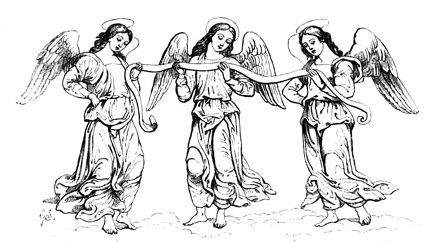 Three Angels
Three Angels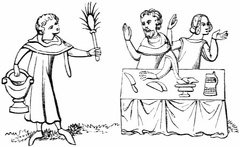 The Parish Clerk sprinkling the Knight and Lady
The Parish Clerk sprinkling the Knight and Lady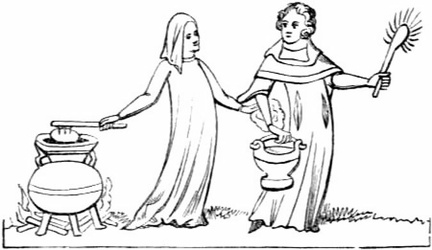 The Parish Clerk sprinkling the Cook
The Parish Clerk sprinkling the Cook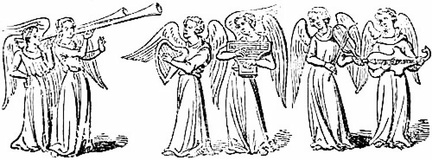 The Morning Stars singing together
The Morning Stars singing together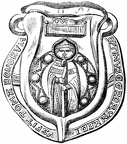 The Canterbury Ampulla
The Canterbury Ampulla St. Paula
St. Paula St. Damasus, Hermit
St. Damasus, Hermit Saint Dominic and Saint Francis
Saint Dominic and Saint Francis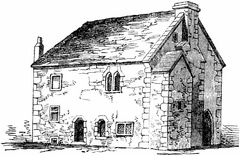 Rectory House, West Deane, Sussex
Rectory House, West Deane, Sussex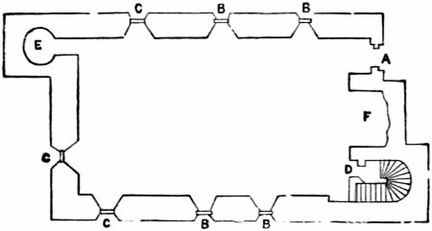 Rectory House, West Deane, Sussex - plan
Rectory House, West Deane, Sussex - plan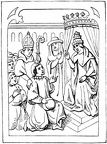 Pope, Cardinal, and Bishop
Pope, Cardinal, and Bishop Pilgrim
Pilgrim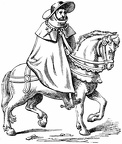 Pilgrim on Horseback
Pilgrim on Horseback Pilgrim Monk
Pilgrim Monk Pilgrim in Hair Shirt and Cloak
Pilgrim in Hair Shirt and Cloak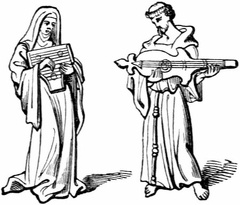 Nun and Friar with Musical Instruments
Nun and Friar with Musical Instruments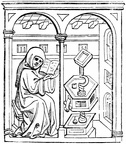 Monk in Scriptorium
Monk in Scriptorium Lydgate’s Pilgrim
Lydgate’s Pilgrim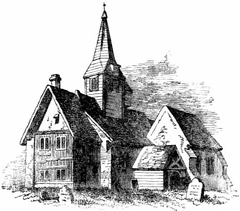 Laindon Church, Essex
Laindon Church, Essex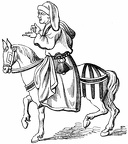 John Ball, Priest
John Ball, Priest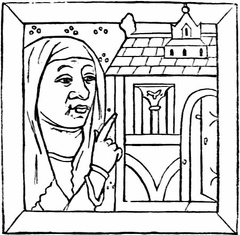 Johanna de Warn
Johanna de Warn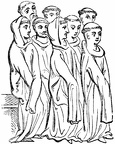 Group of Cistercian Monks
Group of Cistercian Monks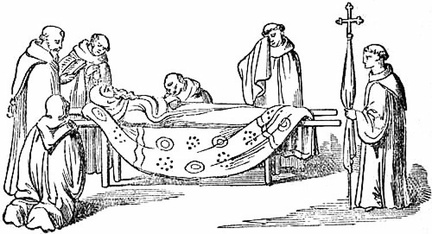 Funeral Service of a Hermit
Funeral Service of a Hermit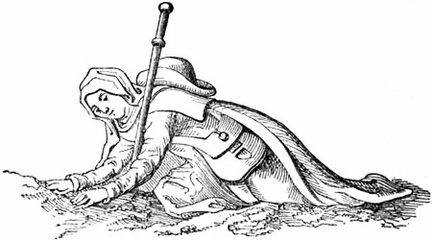 Female Pilgrim
Female Pilgrim Dns. Rogerus, Capellanus
Dns. Rogerus, Capellanus Ricardus de Threton, Sacerdos
Ricardus de Threton, Sacerdos Dns. Barth. de Wendone, Rector
Dns. Barth. de Wendone, Rector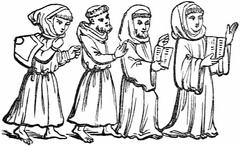 Costumes of the Four Orders of Friars
Costumes of the Four Orders of Friars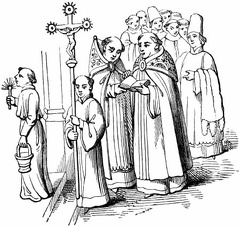 Coronation Procession of Charles V. of France
Coronation Procession of Charles V. of France Cistercian Monk
Cistercian Monk Carthusian Monk
Carthusian Monk



